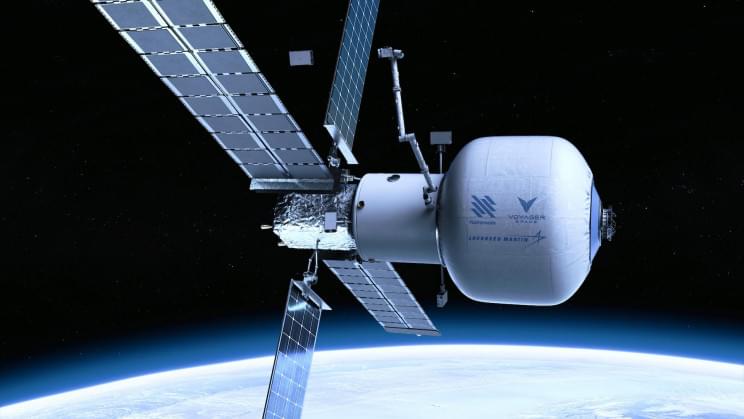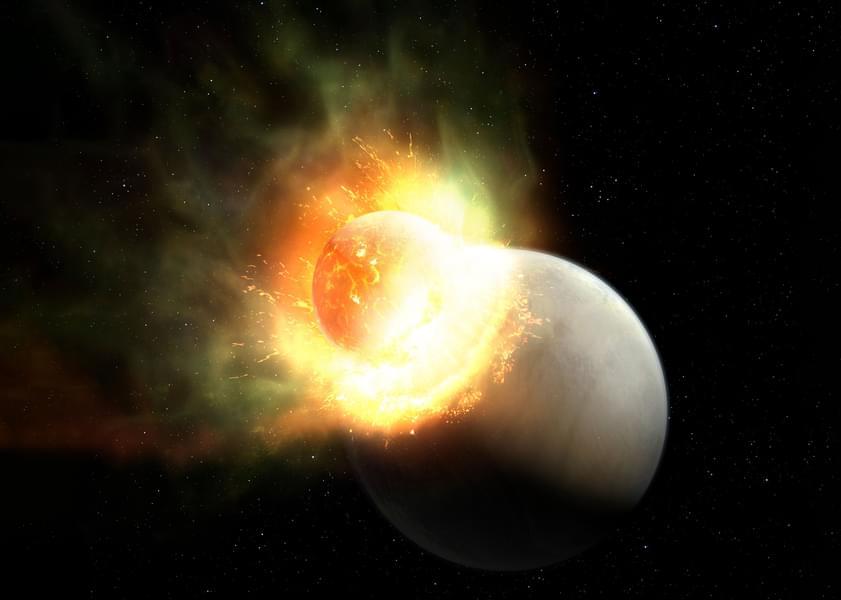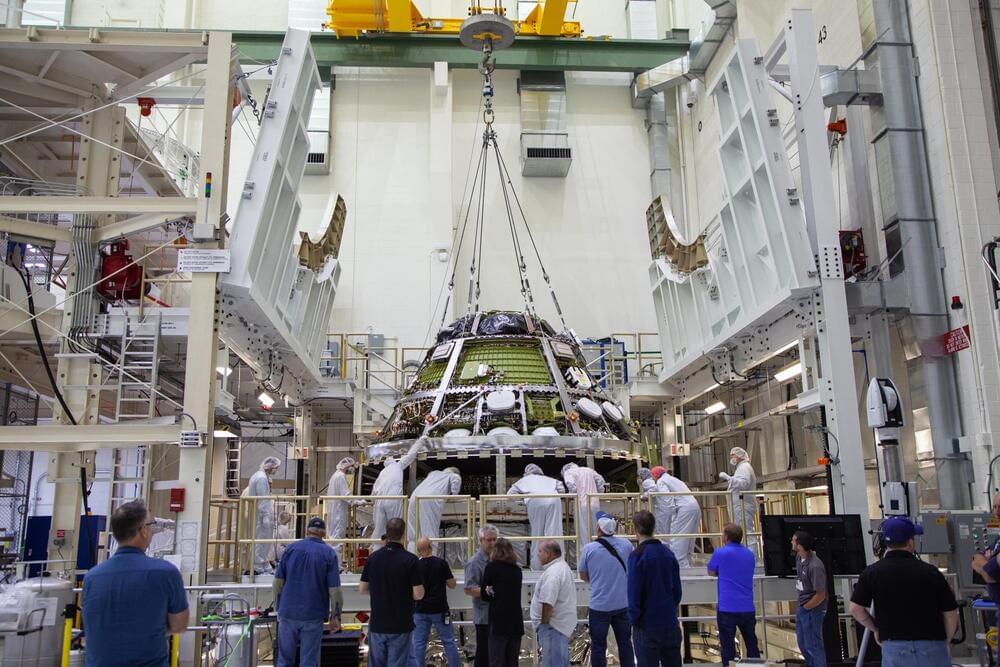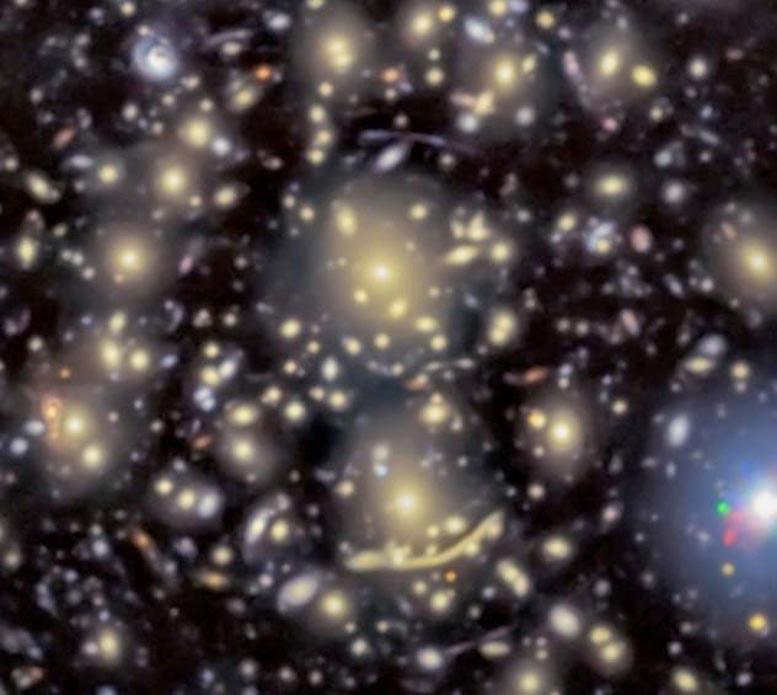Built for critical research, continuous LEO presence, and space tourism.
Nanoracks, Voyager Space, and Lockheed Martin just announced that they aim to launch the first-ever free-flying commercial space station into low Earth orbit (LEO) by 2027 as part of a collaboration with NASA, a press statement reveals.
The space station, called Starlab, will be used for conducting critical research, ensuring continuous U.S. presence in low Earth orbit, and also for “tourism and other commercial and business activities,” Lockheed Martin explains. The fact that the space station is free-flying means that it will not be locked into one orbital position.






